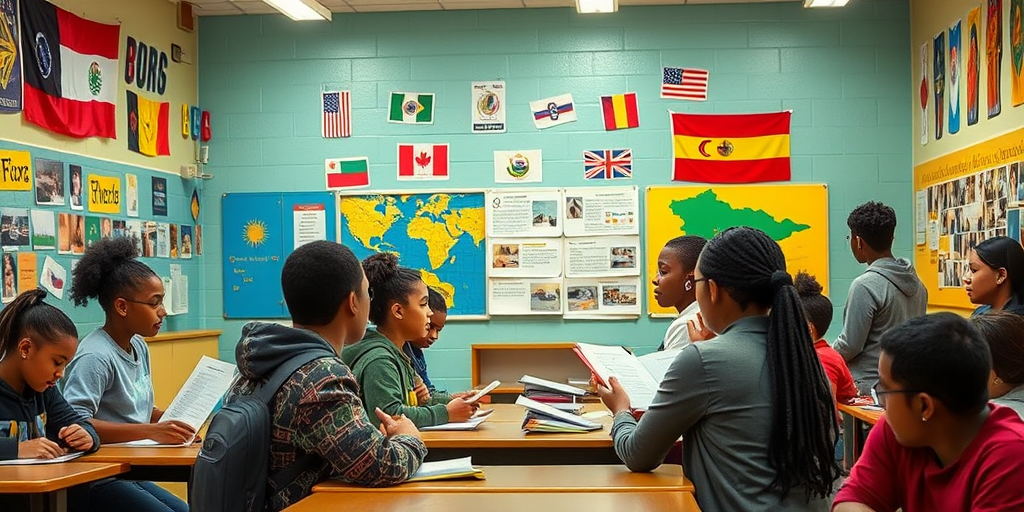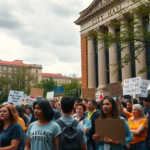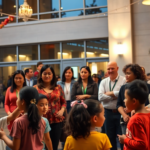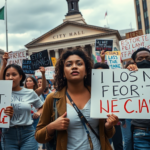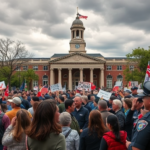Brashear High: Language Diversity Sparks Success and Struggle
English Language Learners Transform Pittsburgh School Dynamics
Brashear High School in Pittsburgh stands as a beacon of linguistic and cultural diversity within the Pittsburgh Public Schools (PPS) system, boasting a student body that speaks approximately 50 languages. This melting pot of cultures is not only its greatest strength but also presents significant challenges in terms of educational delivery. English Language Learners (ELLs) now constitute 40% of the student population, a rapidly expanding group reflective of changing demographics across the city.
The Growing Challenge of ELL Support
While Brashear’s diverse environment enriches the educational experience, it also strains the school’s resources. There has been noticeable instability in leadership, and the school faces shortages in English Language Development (ELD) staffing, leading to elevated suspension, truancy, and absenteeism rates. These issues reveal the underlying difficulties in adequately supporting such a linguistically varied student body.
“We are overwhelmed with students of varied learning needs, languages, and levels in one crowded classroom,” stated Deepa Bardoloi, an English language arts teacher, at a public PPS hearing.
Brashear has gone through four principals between 2020 and 2024, which has hindered the implementation of consistent school improvement policies, according to James Fogarty, executive director of A+ Schools.
Community Organizations Step In
Despite internal challenges, Brashear relies heavily on community organizations to bridge the gap. Casa San José and the Latino Community Center (LCC) are instrumental in facilitating the integration of immigrant and refugee students. These organizations provide critical services such as translation, cultural engagement programs, and educational support, helping families navigate school enrollment and communication barriers.
According to Piero Medina, youth program coordinator at Casa San José, “It’s just a matter of connecting everybody so that everyone feels welcome.”
Additionally, Rosamaria Cristello, LCC Founder, notes that ICE presence in neighborhoods has discouraged regular school attendance, prompting the organization to mediate by explaining absenteeism in communications with the school.
The ELD Staffing Conundrum
While the number of ELLs at Brashear continues to rise, the school has not matched this growth with a proportional increase in ELD staff. Jonathan Covel, ELD director at PPS, mentions that the current staffing meets district recommendations but acknowledges the broader challenges in recruiting bilingual teachers due to certification constraints and decreased interest in teaching careers.
Eduardo Fajardo, a teacher at Brashear, states, “While the school has many bilingual teachers, they often lack the cultural understanding necessary for complete communication.”
Efforts are being made by the district to encourage teachers to undergo ELD certification, which is offered at a reduced cost, although this has yet to significantly increase native language-speaking teachers.
Strengthening the School Community
Principal Christina Loeffert has prioritized stability and improvements in response to the issues plaguing the school. Since her appointment in 2022, initiatives such as reintegration meetings for suspended students and the Safe Passage program have been introduced to mitigate violence and bolster attendance.
These efforts, along with informal peer mentorship programs, empower older ELL students to guide newcomers, fostering an inclusive atmosphere that utilizes the school’s diversity.
Teacher Devine Browne highlights this aspect: “The linguistic and cultural diversity is really a point of pride at Brashear; it’s one of the best reasons to be here as a staff person.”
Looking Ahead: Future Implications and Community Impact
The leadership challenges and resource constraints at Brashear highlight broader issues concerning how public schools adapt to shifting demographics. The experiences at Brashear may inform district-wide policies as they reflect on creating supportive learning environments for all students. Community engagement and tailored strategies will be vital in the coming years.
Locally, the situation prompts reflection on how education systems accommodate growing linguistic diversity. For residents of Pittsburgh, supporting these educational initiatives means investing in community organizations that fill critical gaps, ensuring that diversity becomes a pathway to academic and social success.
As Brashear continues to navigate its unique challenges, it remains a testament to the power of community interest and involvement in shaping the future of inclusive education, reflecting the broader local impact of these ongoing efforts. Whether through new educational policies or enhanced support systems, Brashear’s experience is a crucial chapter in understanding how language diversity can be both a strength and a challenge for public education.

